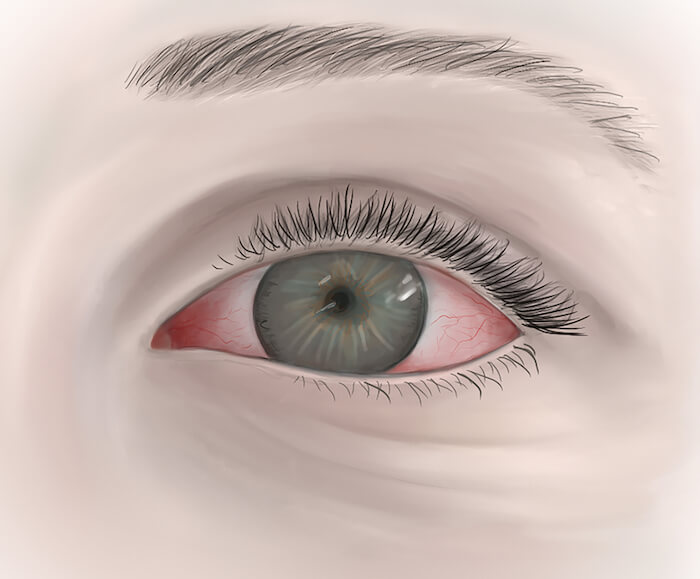Endophthalmitis

Endophthalmitis is a severe inflammation that occurs inside of the eye and in most cases caused by and infection. Sterile, or Non- infectious Endophthalmitis can be caused by a variety of factors and may result from circulating toxins or severe inflammation of structures within the eye.
The two main types of infectious endophthalmitis are, endogenous and exogenous.
Endogenous endophthalmitis occurs when an infection in another part of the body spreads to the eye through the bloodstream. Endogenous endophthalmitis is rare. Patients who are immunosuppressed are at greater risk of developing endogenous endophthalmitis.
Exogenous endophthalmitis occurs when the infection of the inside of the eye comes from outside of the body, such as after eye surgery, trauma, or a penetrating foreign body.
Endophthalmitis is an ocular emergency, treatment should not be delayed. Vision loss and loss of the eye are possible if the patient is not treated as soon as possible.
Symptoms of Exogenous Endophthalmitis:
- Significantly decreased vision
- Red, painful eye
- Sensitivity to light
- Swollen Eyelid
Symptoms of Endogenous Endophthalmitis may develop gradually and may be subtle.
- Red eye
- Mild decrease in vision over several weeks
- The appearance of floaters

